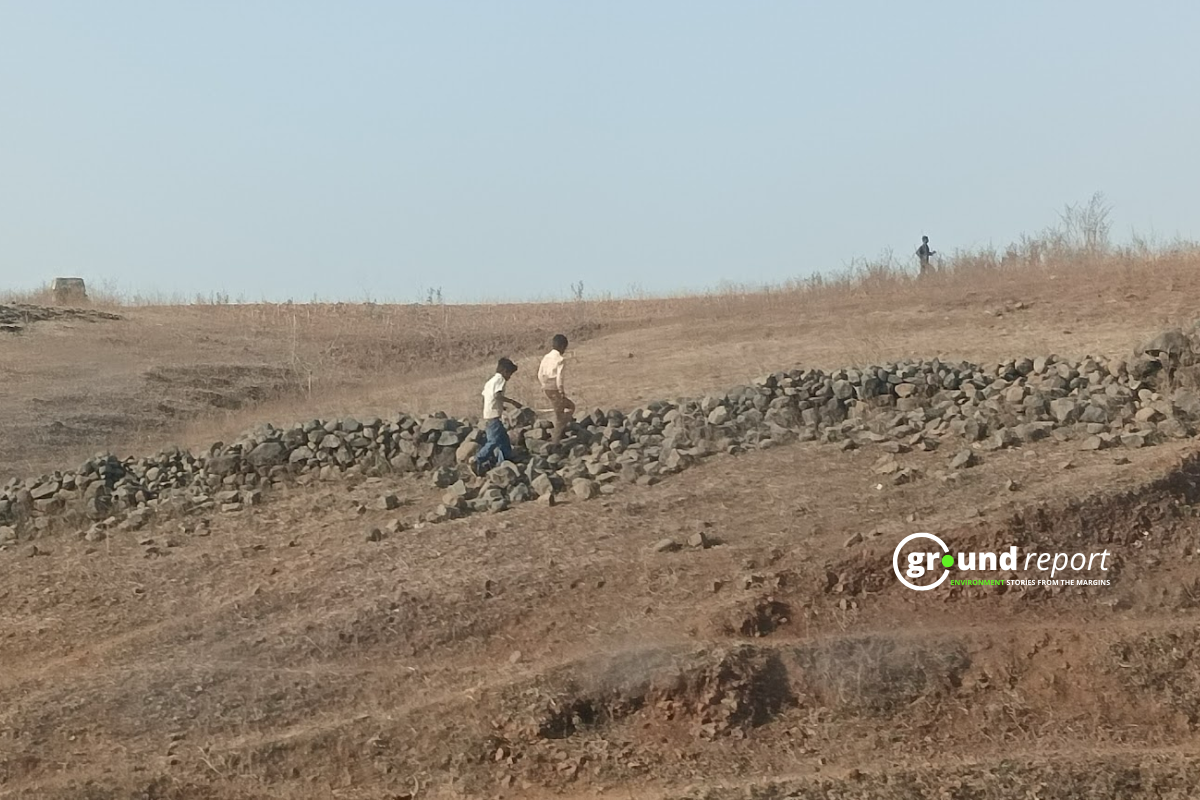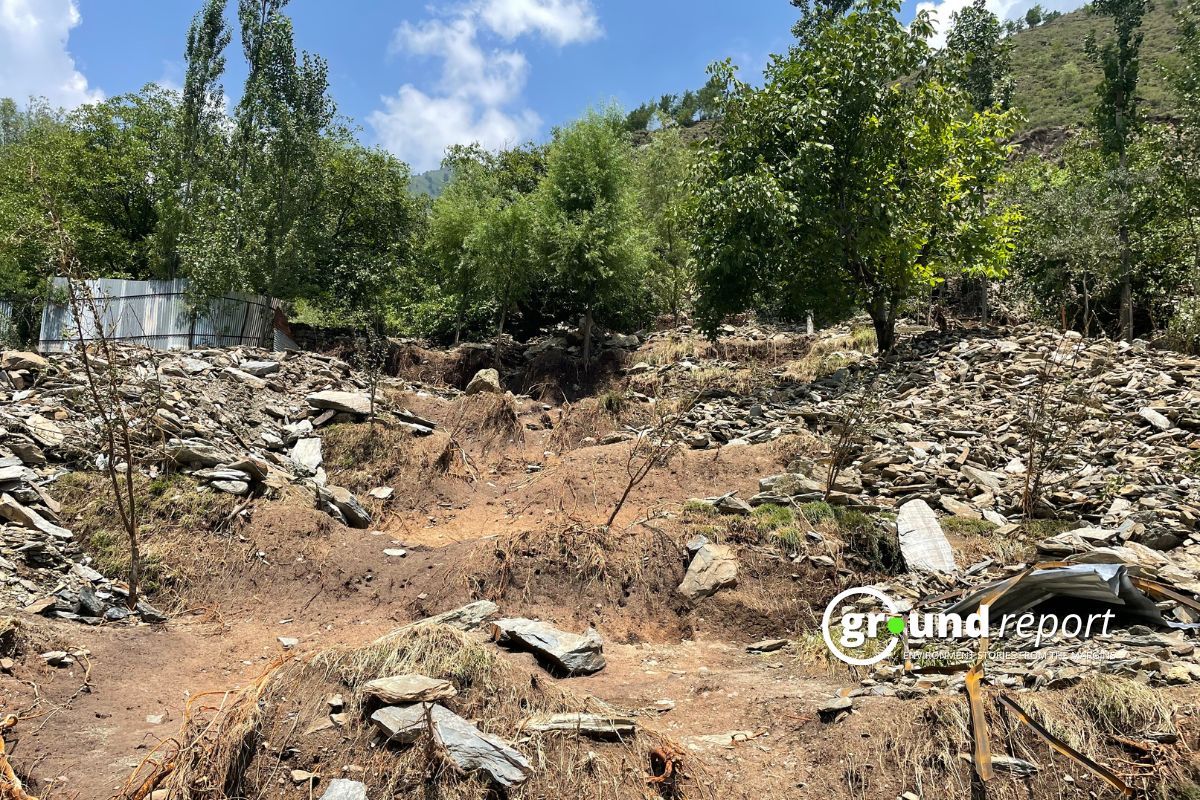An Australian man with severe heart failure is the first in the world to leave a hospital with a total artificial heart implant. Australian doctors and researchers announced on Wednesday that the implant was a major success. The patient lived with the artificial heart for over 100 days before receiving a donor heart transplant in early March.
What is an Artificial Heart?
A total artificial heart (TAH) is a mechanical device that replaces the damaged ventricles and valves of a failing human heart. It pumps blood through the body like a real heart.
The BiVACOR Total Artificial Heart, created by Australian scientist Dr. Daniel Timms, is a breakthrough in heart technology. It uses magnetic levitation to pump blood, mimicking a natural heart. Unlike traditional heart pumps, it has no valves or mechanical bearings, reducing wear and tear.
The BiVACOR Total Artificial Heart is designed for patients with end-stage heart failure, where the heart can no longer pump blood properly due to heart attacks, coronary artery disease, or diabetes.
Each year, over 23 million people worldwide suffer from heart failure, but only 6,000 receive a donor heart. The Australian government invested $50 million to develop and commercialise the BiVACOR device as part of its Artificial Heart Frontiers Program.
A man in his 40s from New South Wales received an artificial heart in a six-hour surgery at St. Vincent’s Hospital in Sydney on November 22. Dr. Paul Jansz, a leading heart surgeon, led the procedure.
Unlike previous U.S. cases, the Australian patient was discharged in February with the device still in his body. He later received a transplant in March when a donor heart became available.
Dr. Jansz called it a historic moment for Australian medicine, saying,
“We’ve worked toward this for years and are proud to be the first team in Australia to perform this procedure.”
How does BiVACOR Artificial heart work?
The BiVACOR Total Artificial Heart (TAH) has one moving part—a levitated rotor held in place by magnets.
It completely replaces both heart ventricles, pumping blood to the lungs and body like a real heart.
Heart disease is the leading cause of death worldwide, killing 18 million people annually, according to the World Health Organisation.
In 2024, about 3,500 people in the U.S. received a heart transplant, while 4,400 new patients joined the waiting list. Many patients die waiting, so researchers hope artificial hearts can become a long-term solution.
The BiVACOR heart is currently used as a temporary measure (a bridge to transplant), but the long-term goal is to create a permanent artificial heart for years of use.
Australia’s first patient success marks a major step forward in artificial heart technology and offers hope for millions suffering from heart failure.
BiVACOR could transform heart treatment
Dr. Chris Hayward, a cardiologist at St. Vincent’s Hospital, believes the BiVACOR heart could change heart failure treatment worldwide.
“Within the next decade, artificial hearts could become a viable alternative for patients who cannot wait for a donor heart,” he said.
Some experts assert that significant progress remains. Dr. David Colquhoun from the University of Queensland noted that while the artificial heart lasted over 100 days, a donor heart can function for over 10 years.
Researchers remain optimistic. The Australian implant is part of a larger study led by Monash University, developing three key devices to treat heart failure.
Support us to keep independent environmental journalism alive in India.
Keep Reading
California Fires Live updates: destructive wildfires in history
Hollywood Hills burning video is fake and AI generated
Devastating wildfire in California: wind, dry conditions to blame?
Los Angeles Cracks Under Water Pressure
From tourist paradise to waste wasteland: Sindh River Cry for help
Follow Ground Report on X, Instagram and Facebook for environmental and underreported stories from the margins. Give us feedback on our email id greport2018@gmail.com.
Don’t forget to Subscribe to our weekly newsletter, Join our community on WhatsApp, and Follow our YouTube Channel for video stories.









